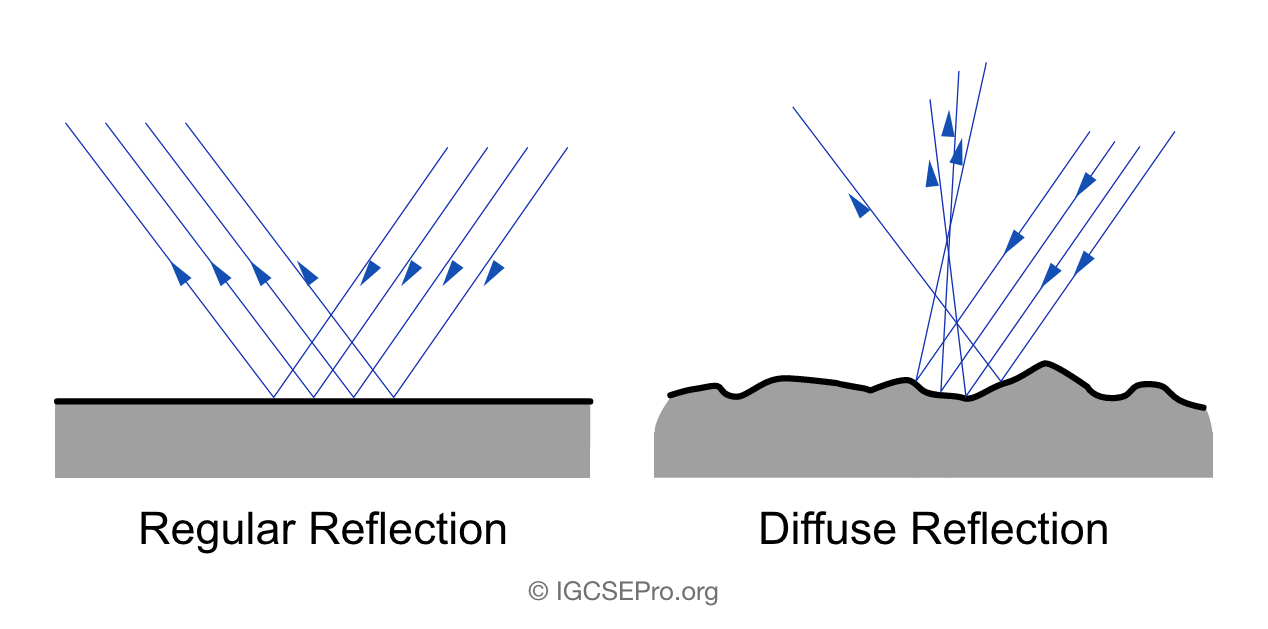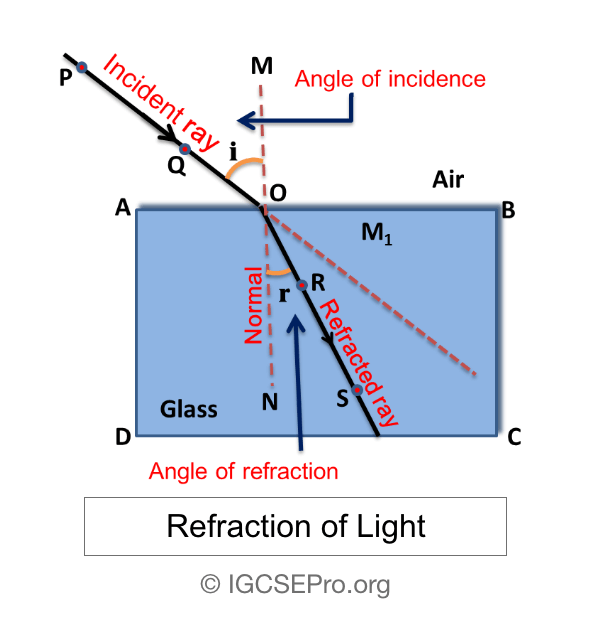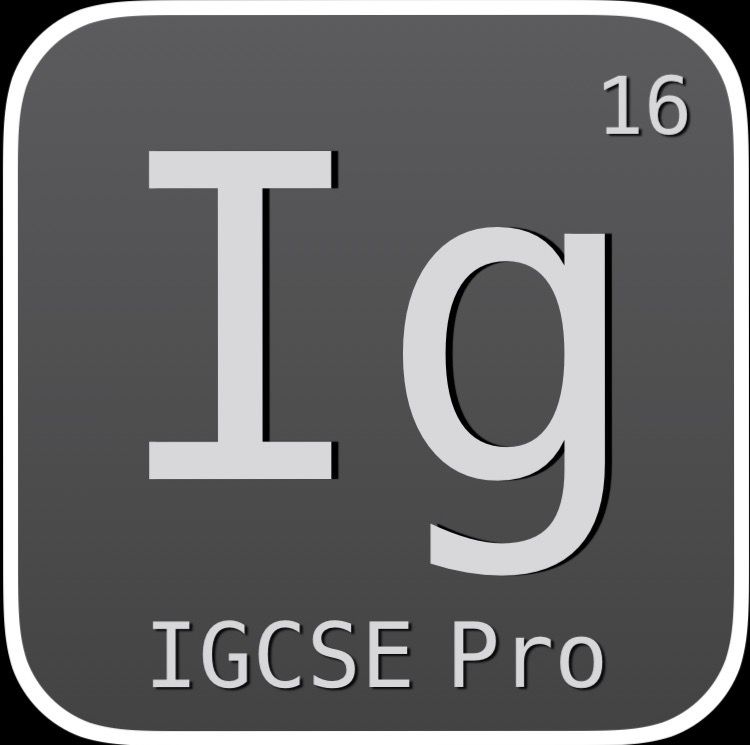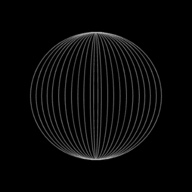Light

Luminous Sources of Light
Objects which emit their own light are known as luminous sources.
Examples - The Sun, fireflies, fire, lightning, lava, and deep-sea creatures (due to bioluminescence) are all natural luminous sources. Then we have artificial luminous sources like LEDs, neon lights, TVs, phone screens, etc.
Non-Luminous Sources of Light
Objects which don’t emit their own light and reflect light from a luminous source are known as non- luminous objects.
Examples- The Moon, planets, humans and animals, the ocean, books, furniture, etc.
The Law of Reflection
Law of reflection: angle of incidence = angle of reflection
Periscope

A simple periscope uses two plane mirrors placed parallel to each other, each set at a 45° angle.
When light hits each mirror, it reflects at a 90° angle, allowing you to see over or around obstacles.
Regular and Diffuse reflection
When light is reflected as a parallel beam, it is known as regular reflection.
When light is reflected irregularly, it is known as diffuse reflection

Real and Virtual Images
A real image is one that you can actually project onto a screen—like in a movie theater.
It’s formed when light rays meet at a point, so it can be caught on a wall or paper.
These images are usually upside down (inverted).
A virtual image, on the other hand, is like your reflection in a mirror.
You can see it, but you can’t project it onto a screen because the light rays don’t actually meet—they just seem to come from a certain place.
These images are always right side up (erect)
Plane mirrors

Images in plane mirrors are-
- virtual
- same size as object
- the same distance as the object is in front
Kaleidoscope

This uses 3 plane mirrors placed in a triangular shape at 60° each. These mirrors are attached to a card with a pinhole in the center and beads are put in front of the mirror and the mirror is closed off with a transparent substance.
Refraction of Light
The bending of light when it passes from one medium to the other is known as refraction. angle i = angle between incident ray and normal
angle r = angle between refracted ray and normal

Refractive Index
Light is refracted because its speed changes when it enters another medium.
refractive index = n
n = (speed of light in air or vacuum)/(speed of light in medium)
n = sin(i)/ sin(r)
Critical Angle
Critical angle: The smallest angle at which light going from one material to another bends so much that it stays inside the first material instead of passing through the boundary.
n= 1 / sin(c)
For the IGCSE Physics exams, you may be asked to calculate the critical angle and refractive index.
These formulas can come in handy for these calculations and we suggest that you practice example questions from the past papers to feel more confident for these.
Optical fibres

Optical fibres work by trapping light by total internal reflection inside a bent glass rod and piped along a curved path.
Total internal reflection occurs when light traveling through a denser medium encounters a boundary with a less dense medium at an angle of incidence greater than the critical angle, causing all the light to be reflected back into the denser medium.
Thousands of hair‑thin glass strands are bundled into a single, bendy cable to form a fiber‑optic line.
Today these cables carry everything from phone calls and video chats to gigabit‑speed internet and streaming in crystal‑clear quality—transferring data at speeds that dwarf anything copper wires can manage
Lenses

Lenses are a part of our everyday lives (as every part of physics is!).
Spectacles glasses, camera lenses, magnifying glasses, microscope eyepieces, telescope lenses and in almost everywhere!
Lenses work by refracting light.
When a ray strikes the surface of the lens, it is refracted towards the normal. When the ray leaves the lens, it is refracted away from the normal.
Types of Lenses
Lenses can be divided in two types:
- Converging lenses
- Diverging lenses
Converging lenses can be described by their appearance, which is fatter in the middle than at the edges.
Converging lenses are used often as magnifying glasses and as burning glasses. Converging lenses always give magnified and detailed images.
Diverging lenses can also be described by their appearance, which is fatter in the edges than at the middle.
Diverging lenses always give diminished images.
Focal point, focal length and principal focus
There are a few keywords that we recommend you to get familiar with.
Learning what focal point, focal length and principal focus will help you draw and understand ray diagrams involving lenses.
Here's the information neatly organized in a table:
| Term | Definition |
|---|---|
| Focal point | See principal focus |
| Focal length | The distance from the center of the lens to its principal focus. |
| Principal focus | The point at which rays of light parallel to the axis converge after passing through a converging lens. |
Exercise : Cases of Converging lenses
Now, time for some fun- here is a simulation where you can adjust a range of parameters to mimic the cases presented in the table following the simulation.
| Case | Object Position | Image Position | Image Size | Image Nature |
|---|---|---|---|---|
| 1 | Between F and C | Same side of lens | Enlarged | Virtual |
| 2 | At F | At Infinity | Highly Enlarged | Real |
| 3 | Between F and 2F | Beyond 2F | Enlarged | Real |
| 4 | At 2F | At 2F | Same size | Real |
| 5 | Beyond 2F | Between F and 2F | Diminished | Real |
| 6 | At Infinity | At F | Highly Diminished | Real |
Dispersion of Light

Dispersion is when white light is passed through a prism and is dispersed in a spectrum of colours because of different wavelengths and frequencies of different colors which form white light.
Note that if the prism is upside down, the order will reverse, so violet will be at the top and red will be at the bottom.
Light of one single colour and one frequency is known as monochromatic light.
This is the end of this guide. Thanks for using www.igcsepro.org! We hope you will give us a chance to serve you again!

